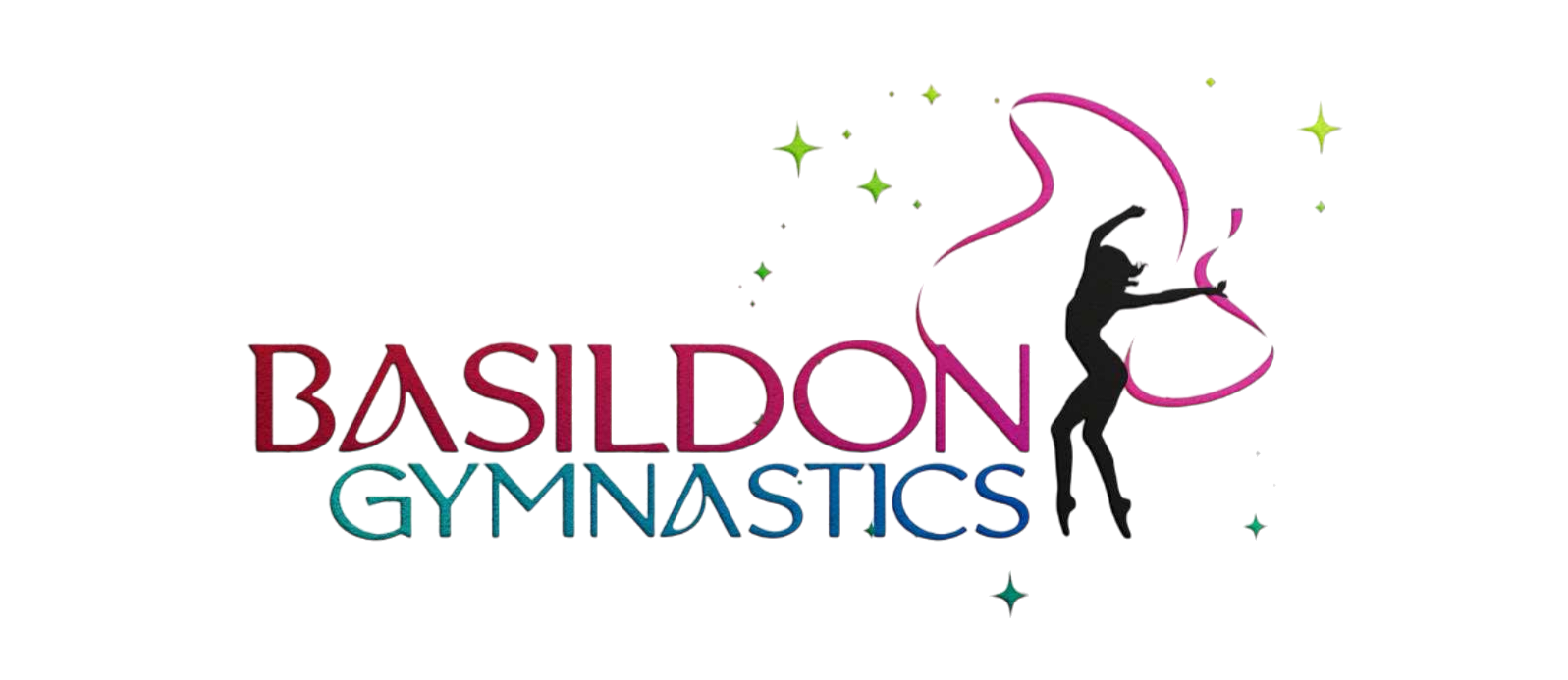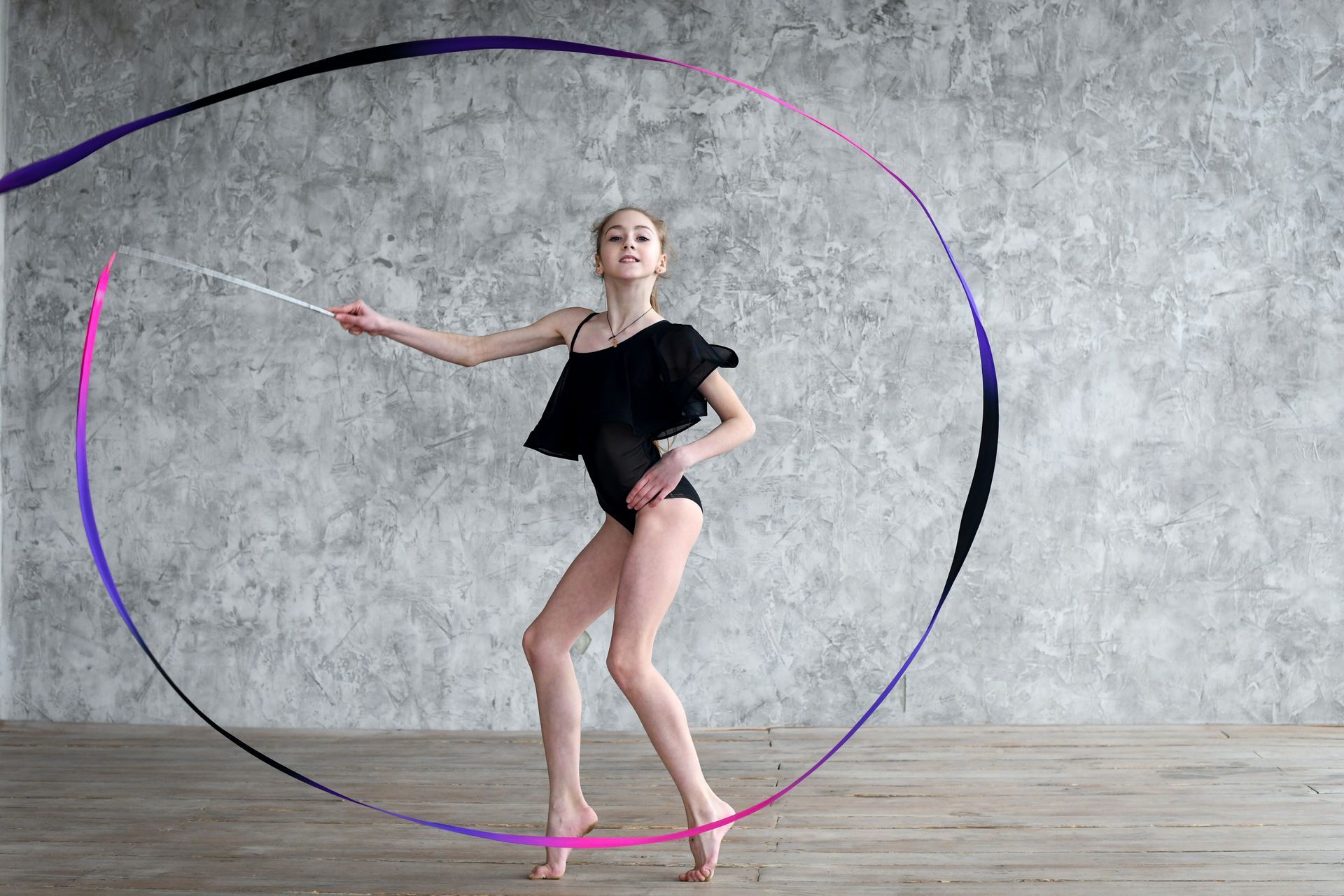Grace in Motion: The Art of Rhythmic Gymnastics
Grace in Motion: The Art of Rhythmic Gymnastics
Introduction:
Rhythmic gymnastics is a sport that combines elements of dance, gymnastics, and artistic expression to create a mesmerizing and elegant display of athleticism. It's a discipline that demands incredible skill, precision, and creativity, captivating audiences worldwide with its beauty and grace. In this blog post, we'll dive into the world of rhythmic gymnastics, exploring its history, key elements, and the dedication required to master this art form.
The Origins of Rhythmic Gymnastics:
Rhythmic gymnastics traces its roots back to the early 20th century in Europe, where it evolved from the Swedish system of free calisthenics. It gained popularity in the 1940s and 1950s, becoming an official Olympic sport in 1984. The discipline was further refined, emphasizing flexibility, grace, and apparatus handling, which sets it apart from traditional artistic gymnastics.
Key Elements of Rhythmic Gymnastics:
1. Apparatus Mastery:
Rhythmic gymnasts showcase their skills using various apparatus, including the hoop, ball, clubs, ribbon, and rope. Each of these elements adds a unique dimension to their routines, demanding precision, balance, and artistry.
2. Flexibility and Strength:
Flexibility is a hallmark of rhythmic gymnastics, and athletes spend countless hours stretching and conditioning their bodies. Achieving the splits, backbends, and contortion-like positions is essential for creating breathtaking performances.
3. Choreography:
The routines in rhythmic gymnastics are choreographed with great attention to music, movement, and expression. Athletes work closely with coaches and choreographers to create captivating and harmonious performances.
4. Aesthetic Expression:
Rhythmic gymnasts not only display physical prowess but also convey emotions and stories through their routines. Their expressions and body language are integral to the art form, making each performance unique.
The Dedication and Hard Work:
Rhythmic gymnasts dedicate a significant portion of their lives to the sport. They endure grueling training schedules, combining dance, gymnastics, and strength training. The combination of physical fitness and artistic expression requires both mental and physical resilience.
Benefits of Rhythmic Gymnastics:
1. Discipline and Time Management:
Rhythmic gymnastics instills a strong sense of discipline and time management, as athletes must balance rigorous training with their education or other commitments.
2. Physical Fitness:
The sport promotes overall fitness, enhancing flexibility, strength, and coordination.
3. Self-Expression:
Rhythmic gymnastics encourages self-expression and fosters creativity in athletes.
4. Confidence and Performance Skills:
Athletes gain confidence by performing in front of large audiences and judges, honing their public speaking and performance abilities.
Conclusion:
Rhythmic gymnastics is more than just a sport; it's a breathtaking art form that combines athleticism, grace, and creativity. Its rich history and enduring appeal continue to captivate audiences worldwide. To truly appreciate the beauty and dedication of rhythmic gymnastics, one must witness the incredible performances and the years of training that go into each routine. It's a testament to the power of human potential and the profound beauty that can be achieved through dedication and artistry.

